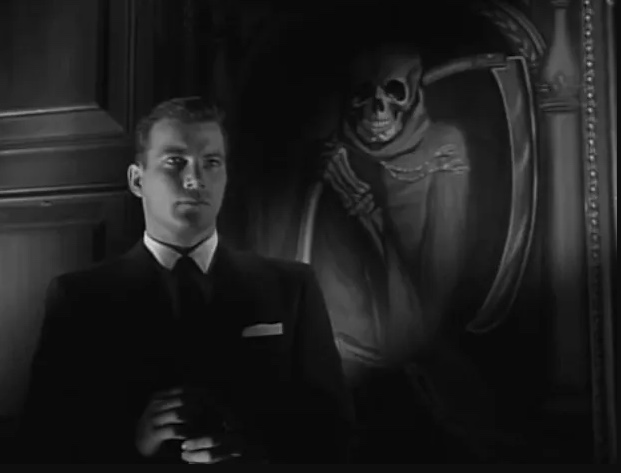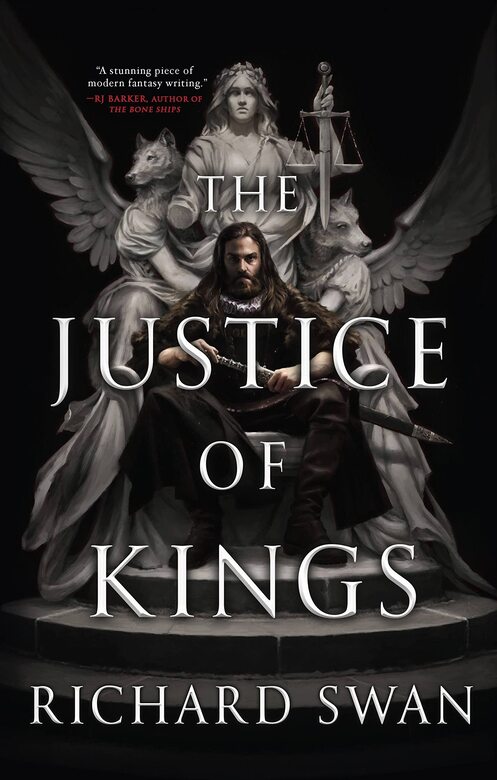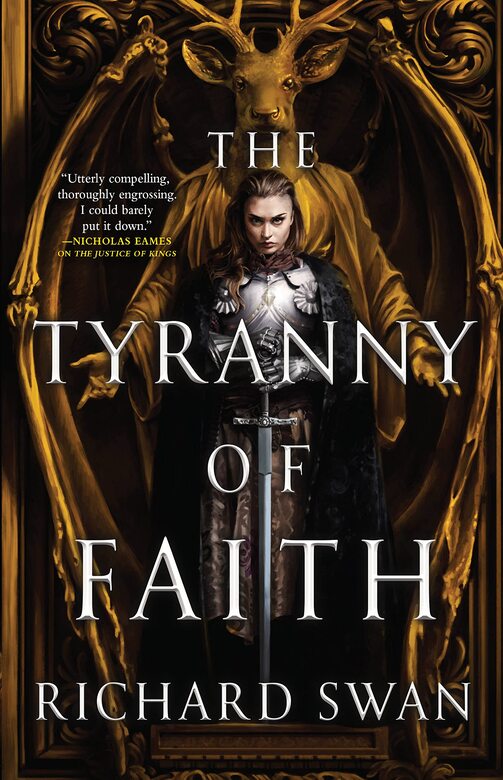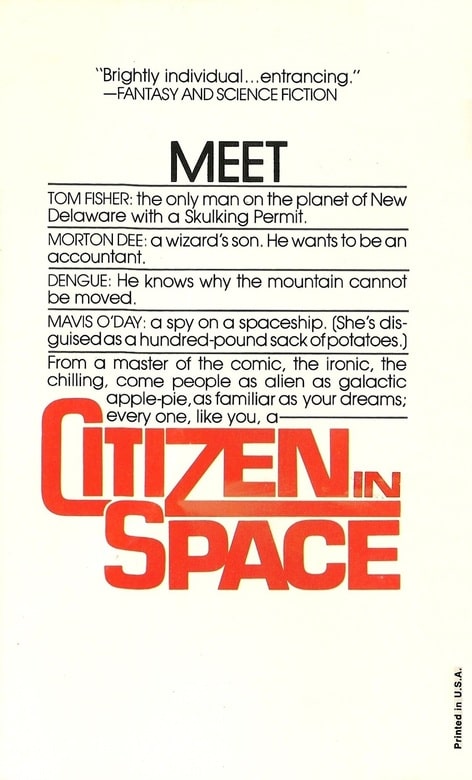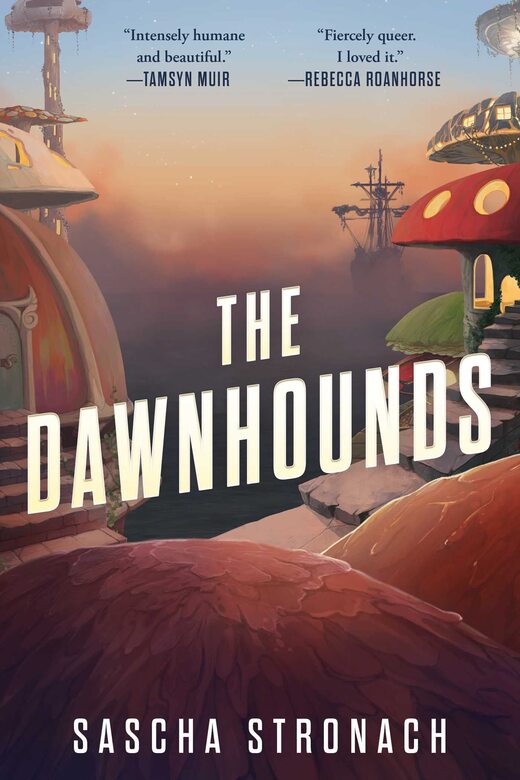The Modern Horrors of Ronald Malfi
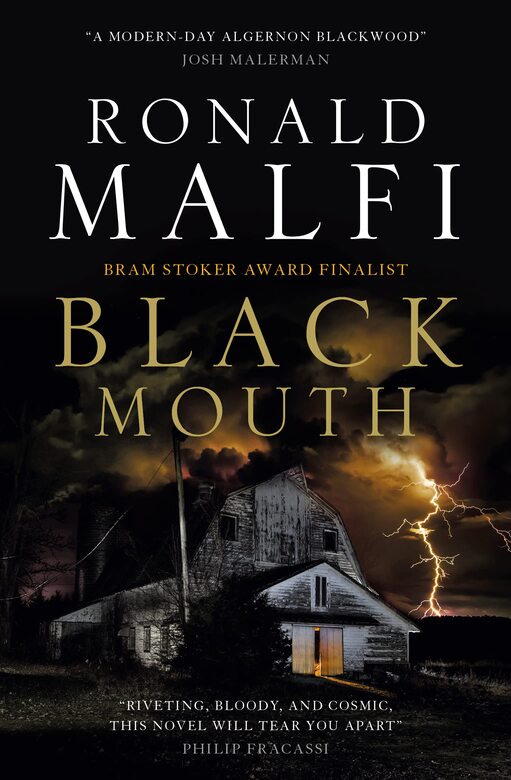 |
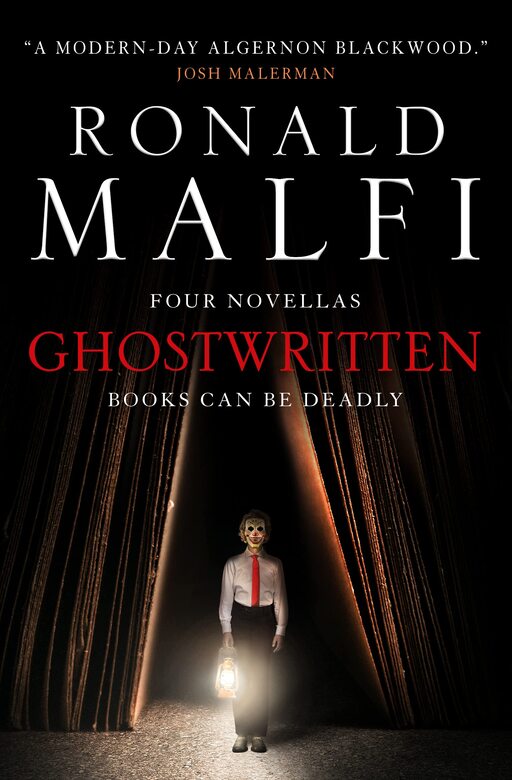 |
Black Mouth and Ghostwritten (Titan Books, July 2022, October 2022). Cover designs by Julia Lloyd
There’s nothing quite like a thoroughly unexpected discovery in a good bookstore.
I couldn’t find the last Dell Magazines at my local Barnes & Noble in nearby Geneva, Illinois. So before Christmas I made a snowy road trip to the B&N superstore in Naperville. I didn’t find the magazines I wanted (what the heck, B&N magazine clerks??), but the 20 minutes I spent browsing their Science Fiction & Fantasy section turned out to be enormously rewarding anyway.
Possibly the most consequential discovery I made was a small section of shelving real estate devoted to a horror writer I’d never heard of, Ronald Malfi. I ended up taking two of his books home with me, Black Mouth and Ghostwritten, and spending time this week tracking down the rest online.
